In the dynamic world of pickleball, one crucial element often dictates the flow and feel of the game: the choice between indoor and outdoor balls. Just as the sport itself adapts to various environments, so do the balls used on the court. Understanding the differences between indoor and outdoor pickleball balls is fundamental for players seeking to optimize their performance and enjoyment of the game. Let's dive into the characteristics that set these two types apart and explore how they impact the pickleball experience.
Number of holes: Outdoor balls have more holes than indoor balls.
Outdoor ball: 40 holes(standard); Indoor ball: 26 holes(standard)
Size of holes: Outdoor balls have smaller holes than indoor balls.
The holes on the ball are not randomly placed. They are designed specifically to maintain the consistency and flight trajectory of your shots. Outdoor balls feature numerous smaller holes to enhance wind resistance, thereby promoting a steadier trajectory during flight. This means players can focus on their techniques rather than worrying about external factors for example the air drag that may affect their shots.
The firmer texture of outdoor balls enables them to better resist wind interference and maintain faster travel through the air. Conversely, soft materials used in indoor balls help avoid skidding when balls bounce on indoor court surfaces such as hard wooden floors.
When you play in the open air, there will be unpredictable wind gusts that can come into play so outdoor balls are designed to be a bit heavier to help the ball keep true and fast in the flight even when there is wind.
Outdoor balls are harder, and this feature elevates the risk of cracking, especially when they absorb powerful hits during gameplay. The indoor balls are softer so they have better longevity and consistency. However, no matter whether outdoor balls or indoor balls, they will all crack eventually. No ball can last forever. However, when we are talking about the general situation, the lifespan of outdoor balls is shorter than indoor balls.
The terms “indoor” and “outdoor” stand for not only whether you play in an enclosed space or not, but also the pickleball court surface. When discussing indoor court surfaces, we mostly refer to the wood or faux-wood gym floors (similar to basketball courts), whereas the outdoor court surfaces for pickleball are typically concrete or asphalt. Try not to play with indoor balls on the outdoor courts, and vice versa.
The outdoor pickleball court floor has a grittier texture. Since the indoor balls are designed to be softer, if you play indoor balls on an outdoor grit texture court, the balls are going to wear out and warp quickly. Also, the indoor ball with fewer holes will not be able to resist the impact of outdoor wind, leading to notable deviations in flight trajectory.
Conversely, employing outdoor balls on wooden or faux floors reduces traction due to their larger surface area compared to indoor balls. Additionally, the increased hardness of outdoor balls can make skidding on smooth indoor floors easier.
Both indoor and outdoor balls come in a variety of colors on the market. It's common for players to wonder, "Which color should I choose?" This is more of a personal preference, however, the color of the pickleball court and the surroundings can affect your choice. For example, when playing in the dusky light, we suggest using bright green balls because other colors such as blue and pink will not be easily seen in poor lighting, making it hard for you to track the balls’ movement when they are flying at high speed.
To conclude, we provided a handy chart for you to quickly compare the differences between outdoor and indoor balls:
|
|
Outdoor ball |
Indoor ball |
|
Number of holes |
40(Standard) |
26(Standard) |
|
Size of holes |
Smaller |
Larger |
|
Weight |
Slightly heavier |
Lighter |
|
Hardness |
Harder |
Softer |
|
Durability |
Less durable |
More durable |
|
Court surface to play on |
Concrete and asphalt floors (hard courts) |
Wood or faux wood gym floor (similar to basketball courts) |
|
Color |
Multiple colors |
Multiple colors |
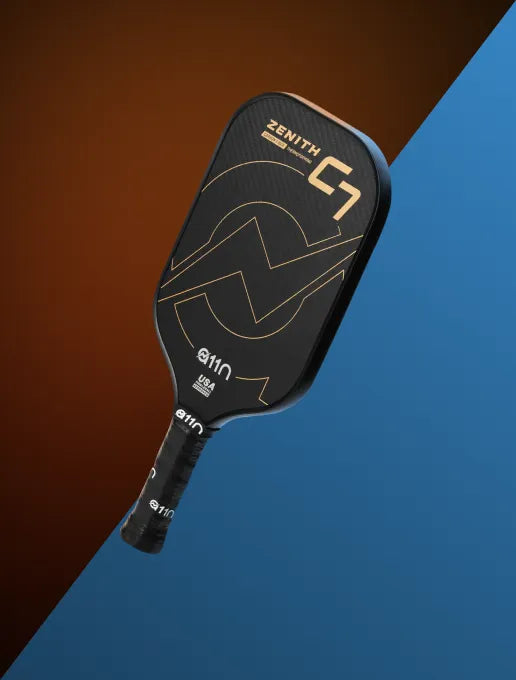
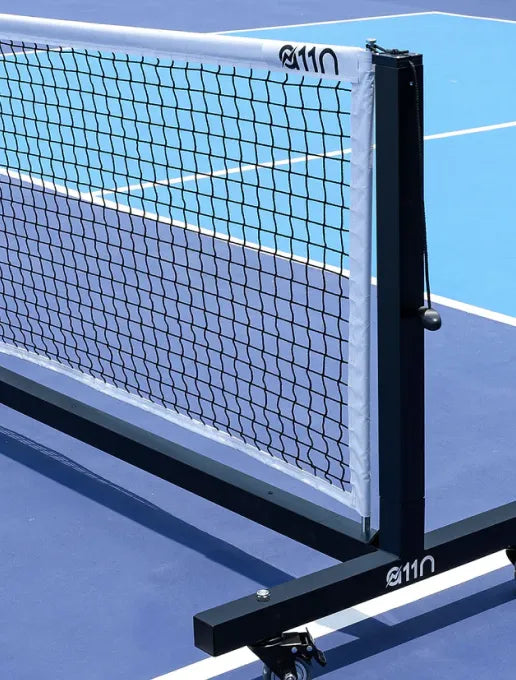
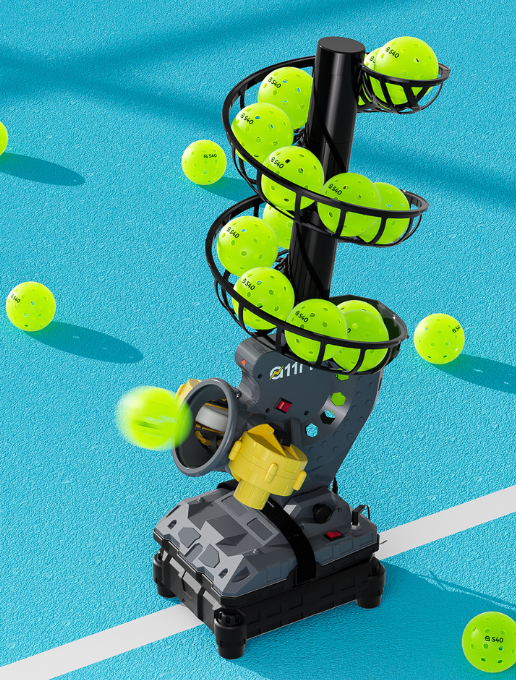
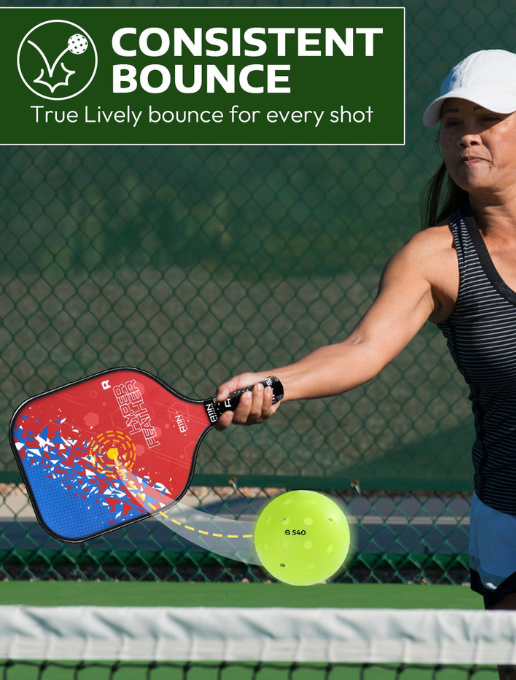
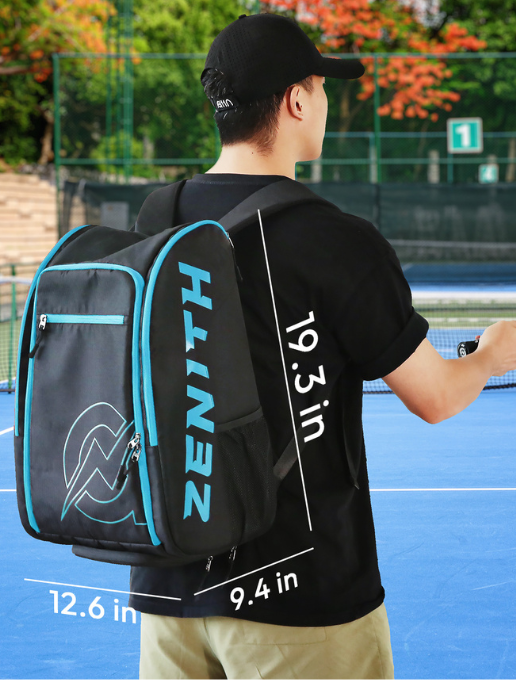

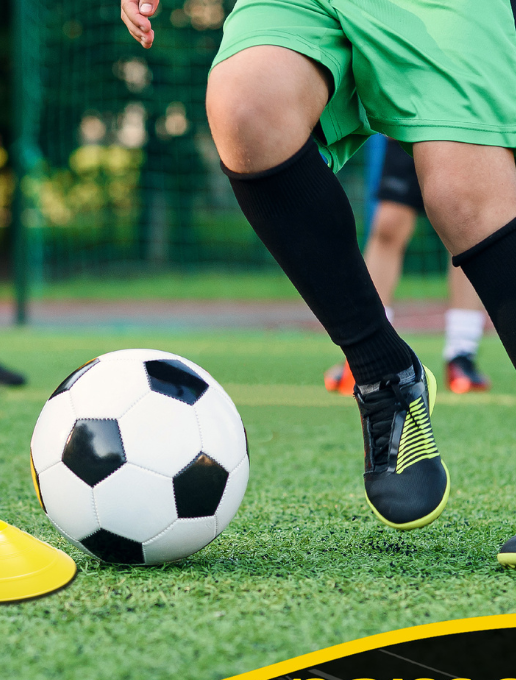

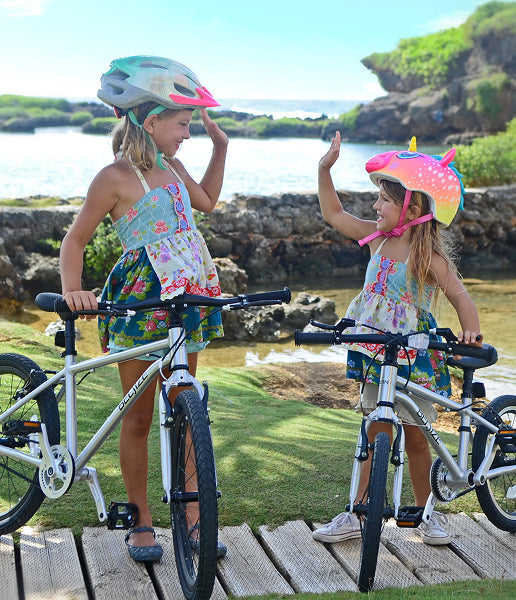
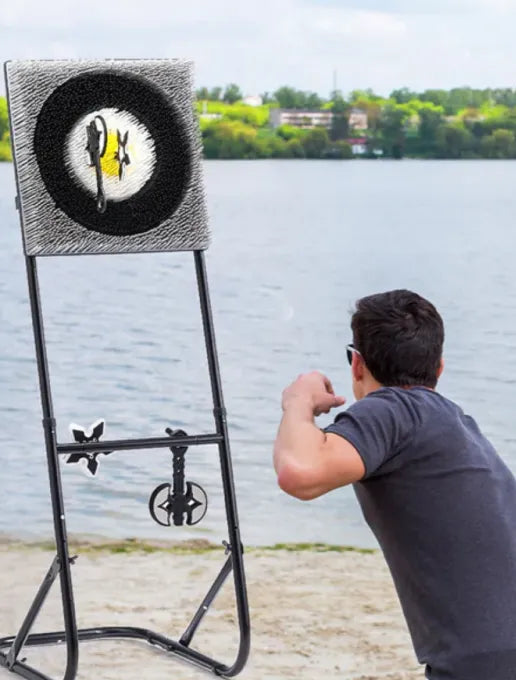

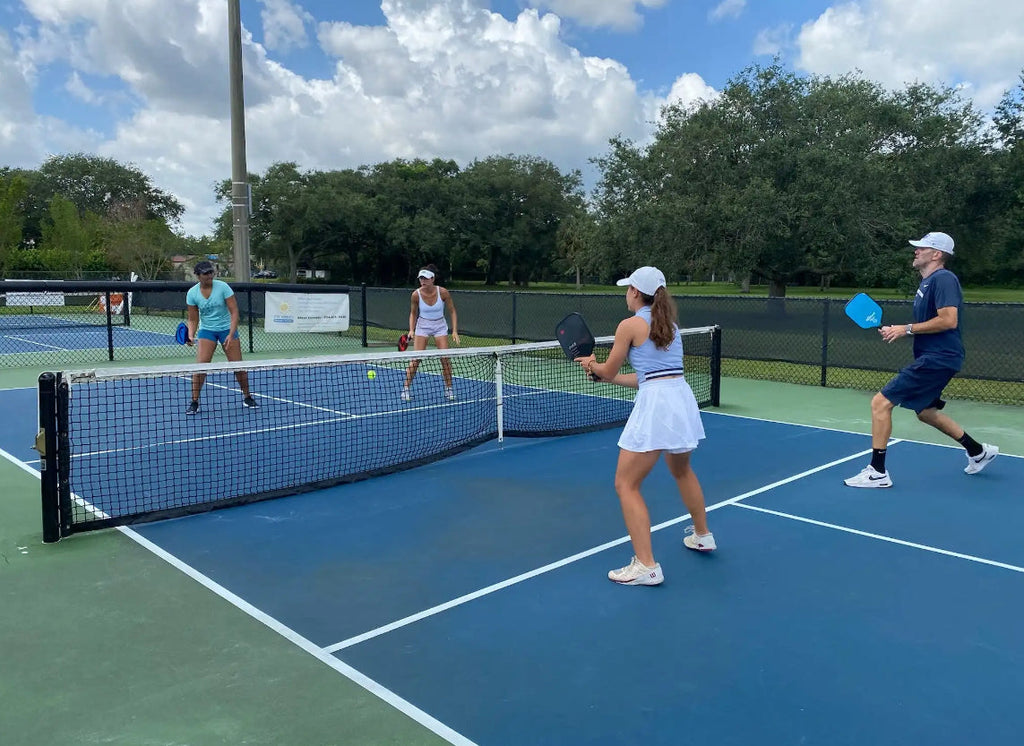

Leave a comment